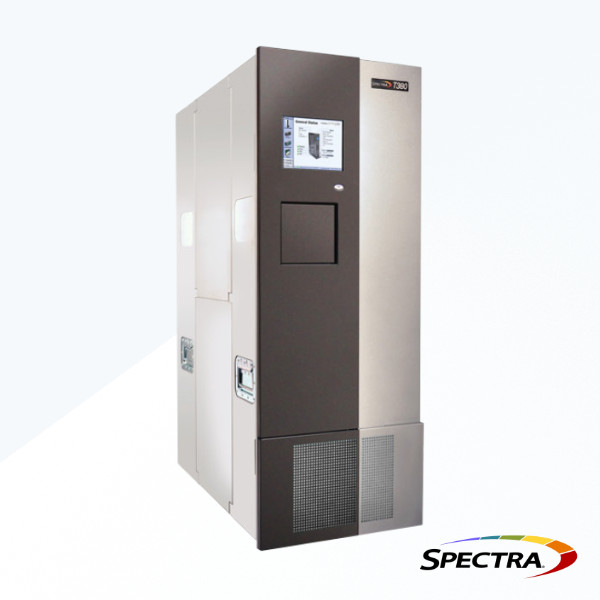What exactly is LTFS?
LTFS -Linear Tape File System- is also sometimes called LongTerm File System. No matter how it is called, LTFS makes tapes behave like external hard drives. Looking at LTFS supporting applications, it is easy to imagine that it has the potential to become the new standard for tape exchange - especially LTO. LTFS is an open standard that divides the tape into two partitions, separating the table of contents and the data area. As a result, only a small amount of data needs to be loaded during an access in order to represent the complete data structure of the tape. LTFS makes the tape look like a USB stick.
What are the limitations of LTFS?
It is recommended to take a closer look before deciding which technology to use for a data archive. If the archive data consists of a large number of small files, the performance of LTFS can drop dramatically. In such cases, it would make sense to collect the millions of files in containers and transfer the containers to the archive. Of course, the file / directory structure is then no longer immediately visible. Alternatively, optical storage media have proven to be a good direct-access media for archiving and maintaining the directory structure.
Even though every technology has its limits and is not ideal for all applications, LTFS has impressive advantages for the exchange of tapes and, as an open standard, the chance for wide distribution / implementation.
